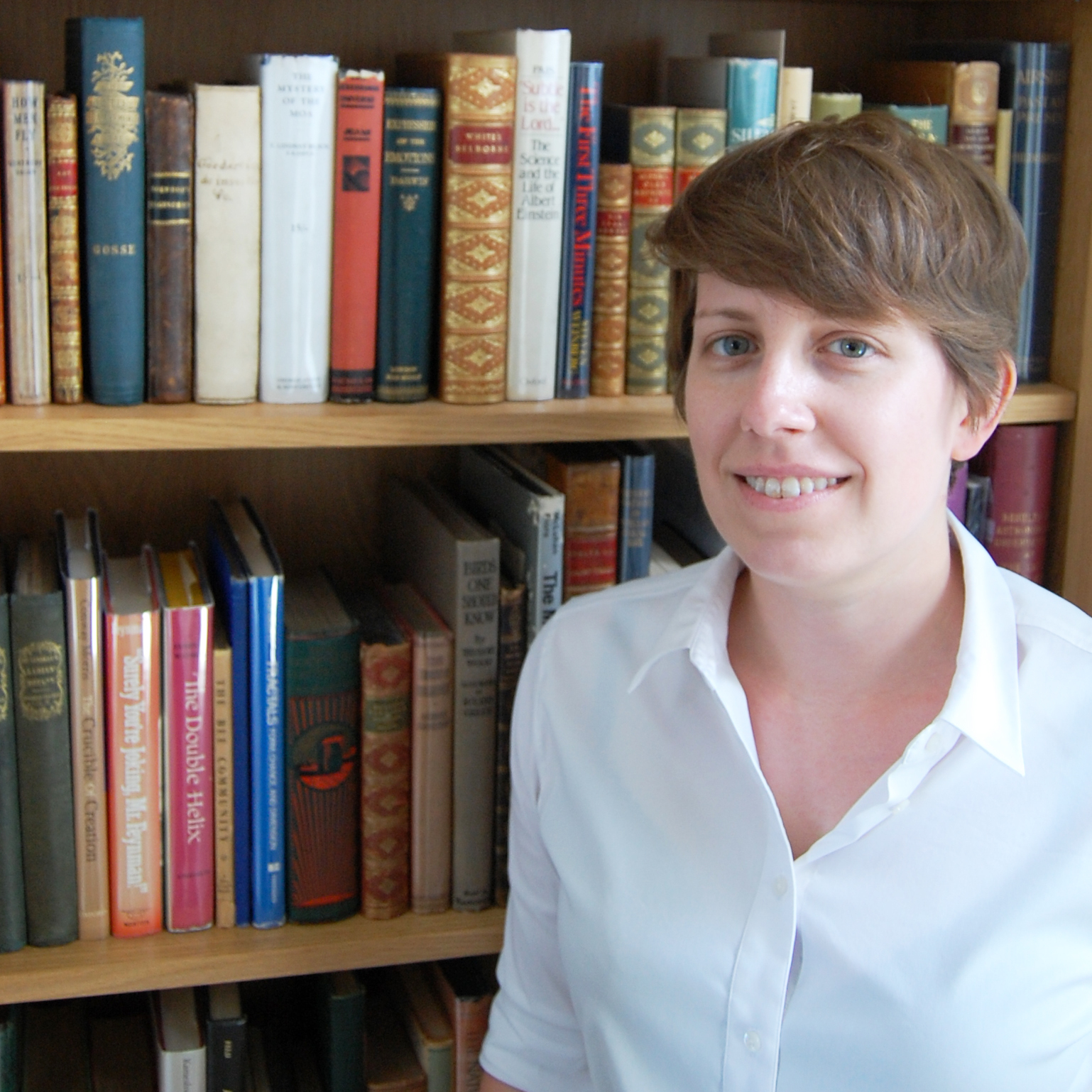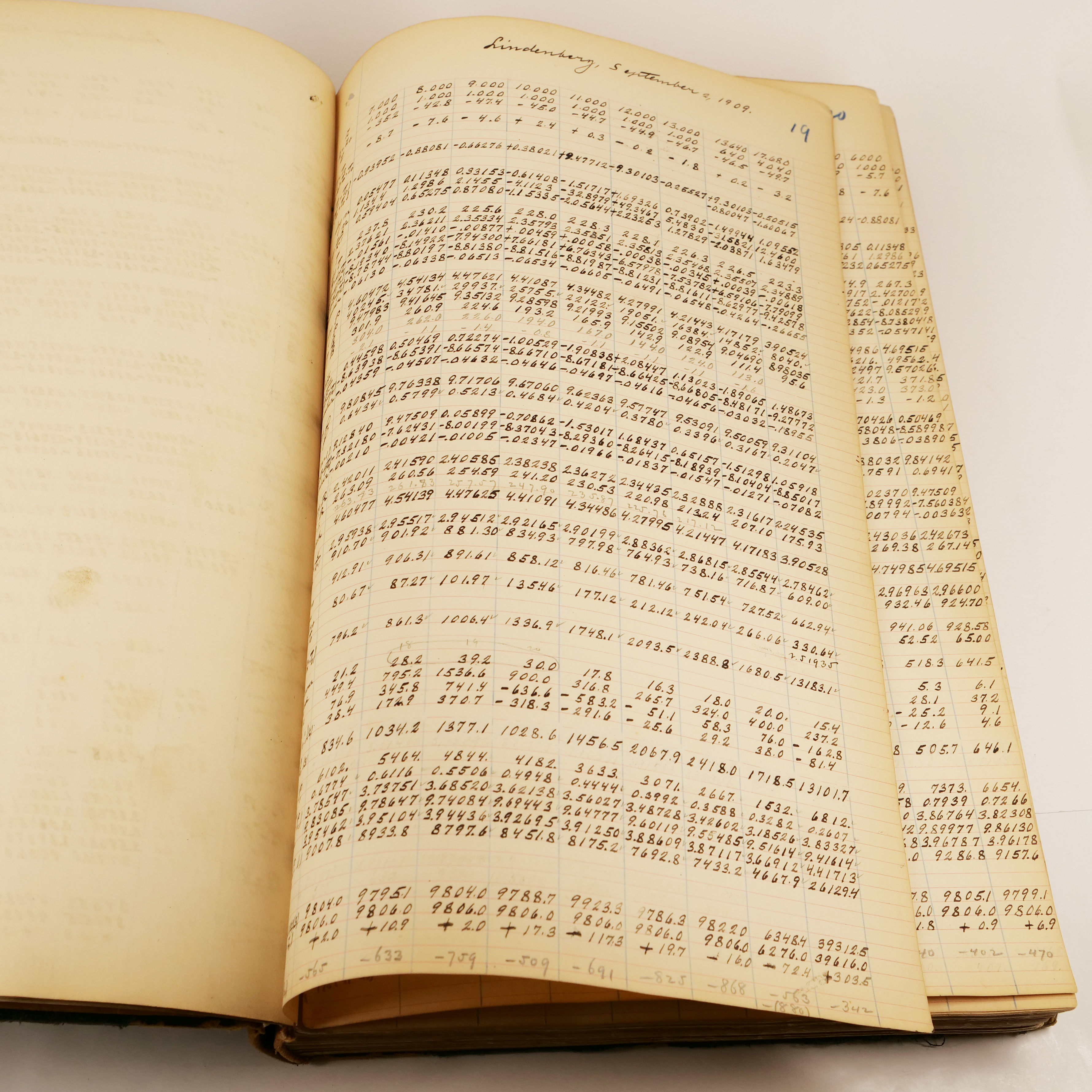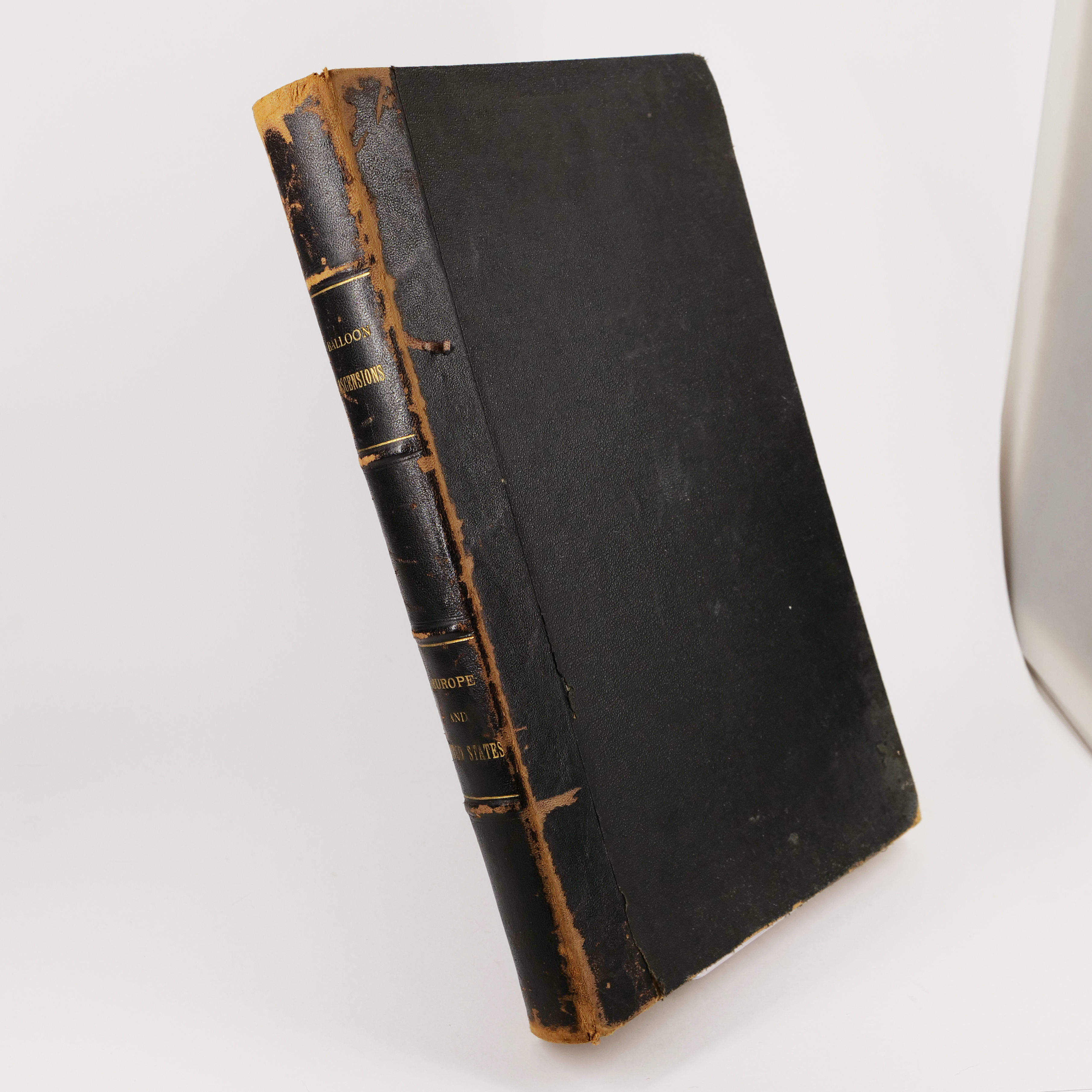1906-1911. Folio (352 x 215 mm), single leaves oversewn in sections onto sawn-in cords. 196 page manuscript in black and red ink and pencil, rectos only. Leaves numbered in blue crayon. Contemporary quarter black skiver, black pebble-grain cloth, titles to spine gilt, marbled endpapers, graph paper leaves. Spine professionally relined and reattached to text block by Bainbridge Conservation, binding rubbed and worn, particularly along the spine, endpapers and blanks tanned, contents a little toned, a few contemporary ink blotches. Very good condition. A substantial, 196-page manuscript of measurements obtained during meterological balloon flights in South America, Europe, Africa, and the United States between 1906 and 1911 (the title gives a date range of 1911-1913, but there do not seem to be any entries after 1911). The compiler of this manuscript, meteorologist and astronomer Frank H. Bigelow (1851-1924), grew up in Concord, Massachusetts and was educated at the Episcopal Theological School in nearby Cambridge. During the 1870s and 80s he served two stints as assistant astronomer at the Argentine National Observatory at Cordoba, where many of these measurements were made, and also worked as a professor of mathematics at Racine College, as assistant in the National Almanac Office in Washington D. C., and as a professor of meteorology at the National Weather Bureau. Neatly written on graph paper, each entry in this manuscript is laid out as a grid with the columns headed by elevations. The rows are labelled with a variety of mathematical formula that often relate to each other as they descend the page, "T - T " followed by "log T - T ", or "T" followed by "log T" then "Log T - T " and "Log (Log T - T )". There are also rows where work is presumably checked (check) and various rows are added together (summ). Unfortunately, we cannot locate a guide to the symbols used here, making it difficult to determine exactly what Bigelow was studying. Prose notes occasionally appear, however, and seem to indicate that his measurements were connected with heat and possibly solar activity. "Since z increases upwards the (-) sign indicates loss of heat energy from level to level outwards... The evidence is strongly against the theory that absorption is proportional to the density or path length..." "The assumed (E - E ) solar near surface seems to require special modification because the p values are impossible...". As well as meteorology, Bigelow studied the solar corona, aurora, and terrestrial magnetism, and it may be in pursuit of these subjects that the present ascensions were made. It is also unclear whether Bigelow or a colleague actually went up in the balloons, or whether they were uncrewed weather balloons which had first been used in the late 1890s by the French meteorologist Léon Teisserenc de Bort. We suspect the former, as results are given for multiple elevations during each flight. Unusually, within the manuscript the flights are bound entirely out of date order, and it's unclear whether this was an accident or a way to highlight or connect certain results. This manuscript would benefit from attention by an informed cataloguer or scholar, in connection with similar materials.












